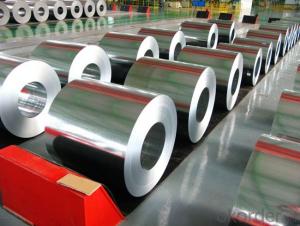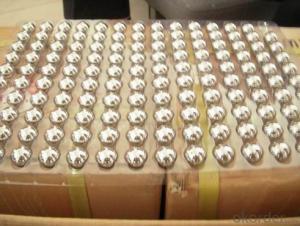Stainless Steel Restoration
Stainless Steel Restoration Related Searches
Best Paint For Stainless Steel Blanket Insulation For Steel Buildings Primer For Galvanized Steel Foam Filter For Stainless Steel H S Code For Stainless Steel Surface Grinding Wheels For Stainless Steel Surface Grinding Wheels For Hardened Steel Hole Saw For Stainless Steel Paint For Stainless Steel Stainless Steel For BbqHot Searches
Steel Mesh Panels For Sale Price For Stainless Steel Scrap Scrap Price For Stainless Steel Price For Stainless Steel Stainless Steel Tank For Sale Stainless Steel Sheets For Sale Cheap High Tea Sets For Sale Stainless Steel Tanks For Sale Stainless Steel For Sale High Density Fiberboard For Sale Solar Hot Water Collectors For Sale Scaffolding For Sale In Uae Scaffolding For Sale In Ireland Scaffolding For Sale In Houston Type Of Inverter For Solar Price Of Shipping Containers For Sale Types Of Inverter For Solar Stock Price For Aluminum Used Solar Inverter For Sale Steel Mesh Panels For SaleStainless Steel Restoration Supplier & Manufacturer from China
Okorder.com is a professional Stainless Steel Restoration supplier & manufacturer, offers integrated one-stop services including real-time quoting and online cargo tracking. We are funded by CNBM Group, a Fortune 500 enterprise and the largest Stainless Steel Restoration firm in China.Hot Products
FAQ
- What is a one-way plastic geogrid
- As the polymer in the manufacture of plastic polymer in the process of heating with the extension of the process of re orientation, strengthen the link between the molecular chain force, to achieve the purpose of improving its strength. Its elongation rate is only 10% ~ ~ of the original plate of 15%. If the carbon black and other anti-aging materials are added in the geogrid, the utility model has the advantages of good acid resistance, alkali resistance, corrosion resistance, aging resistance and the like
- Geogrid price list geogrid products list geogrid manufacturers list
- The plastic geogrid is a kind of polymer material with square or rectangular shape which is formed by stretching, and it can be used as two kinds of uniaxial tension and biaxial tension. The utility model is punched on the extruded polymer plate (raw material is polypropylene or high-density polyethylene), and then directionally stretched under the heating condition
- How many inspection batches of Geogrid
- 1, plastic geogrid: according to the provisions of "geosynthetics plastic geogrid" GB/T17689-2008: the same materials, the same formula and the same under the condition of the technology of production of the same specifications of plastic geogrid as a group, each batch number shall not be more than 500 volumes, 7 volumes of less than 500 days of production period in 7 days for a number of production.
- Geogrids prevent lateral spreading of soil by providing reinforcement and stabilization to the soil layers. They are made of high-strength materials and are placed within the soil, creating a network of interconnected elements. This network enhances the soil's shear strength and restricts its movement, preventing lateral spreading. Additionally, geogrids distribute the applied loads more evenly, reducing the stress on the soil and minimizing the potential for soil movement.
- Yes, geogrids can be used in water drainage applications. Geogrids are often employed to reinforce and stabilize soil, and they can help improve the effectiveness of water drainage systems by preventing soil erosion, enhancing filtration, and promoting better water flow.
- Quality control measures for geogrid manufacturing include: 1. Raw material testing: Ensuring that the materials used in the manufacturing process meet the required specifications and quality standards. 2. Process control: Implementing strict monitoring and control of each stage of the manufacturing process to ensure consistency and adherence to quality standards. 3. Product testing: Conducting rigorous testing of the geogrids at various stages of production to evaluate their mechanical properties, such as tensile strength, elongation, and durability. 4. Statistical process control: Using statistical methods to monitor and control the manufacturing process, identifying any deviations from the desired quality standards and taking appropriate corrective actions. 5. Quality inspections: Conducting regular inspections of the manufacturing facilities and equipment to ensure proper maintenance and calibration, preventing any potential quality issues. 6. Traceability: Implementing a system to track and trace each batch of geogrids manufactured, ensuring accountability and facilitating prompt recall or corrective actions if necessary. 7. Continuous improvement: Regularly reviewing and analyzing quality data, customer feedback, and industry trends to identify areas for improvement and implement corrective and preventive measures. By implementing these quality control measures, geogrid manufacturers can ensure consistent production of high-quality products that meet the required standards and customer expectations.
- Yes, geogrids are suitable for reinforcing landfill caps. Geogrids provide a strong and stable reinforcement layer that helps to distribute load and prevent soil erosion on landfill caps. They enhance the overall performance and longevity of the cap system by improving stability and reducing settlement.















































